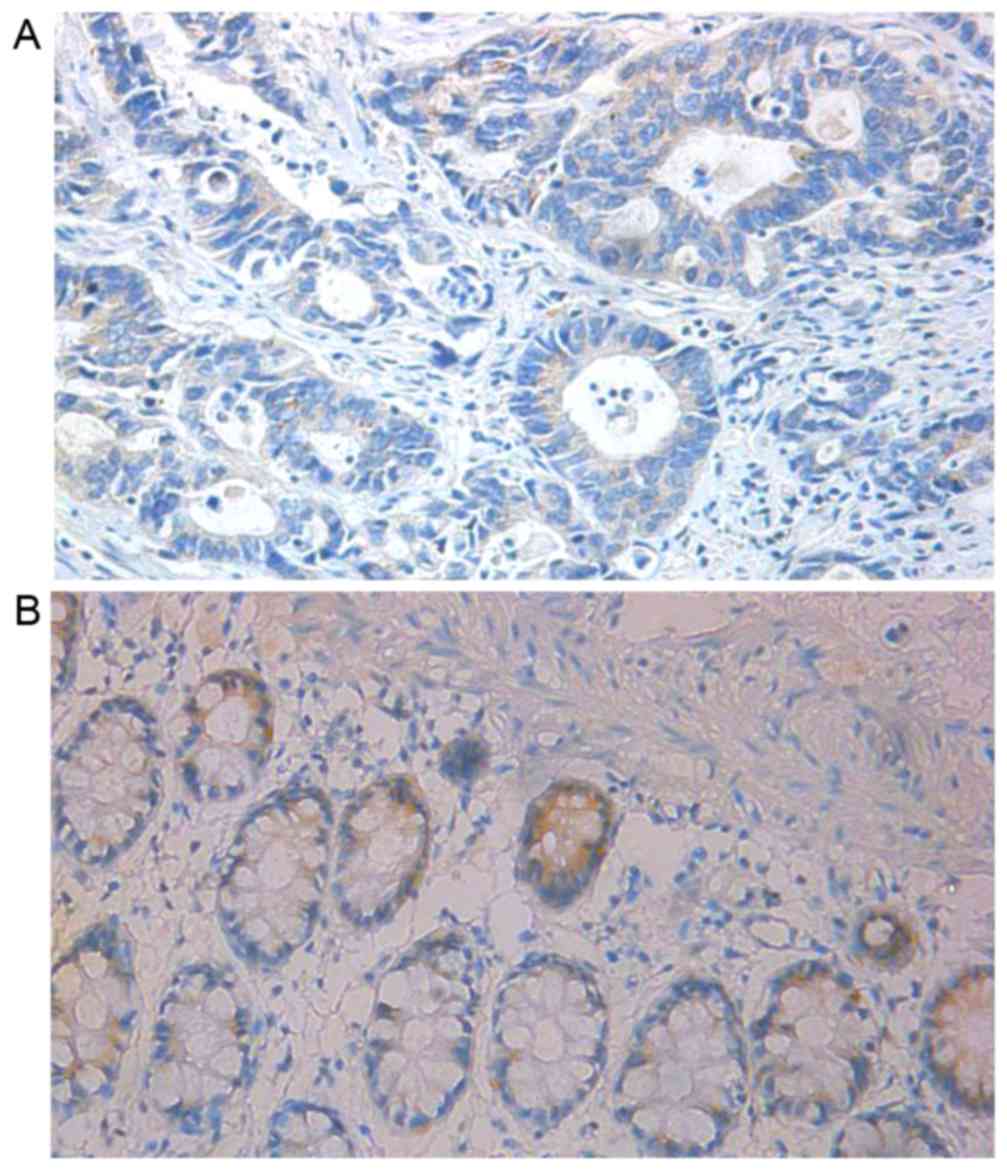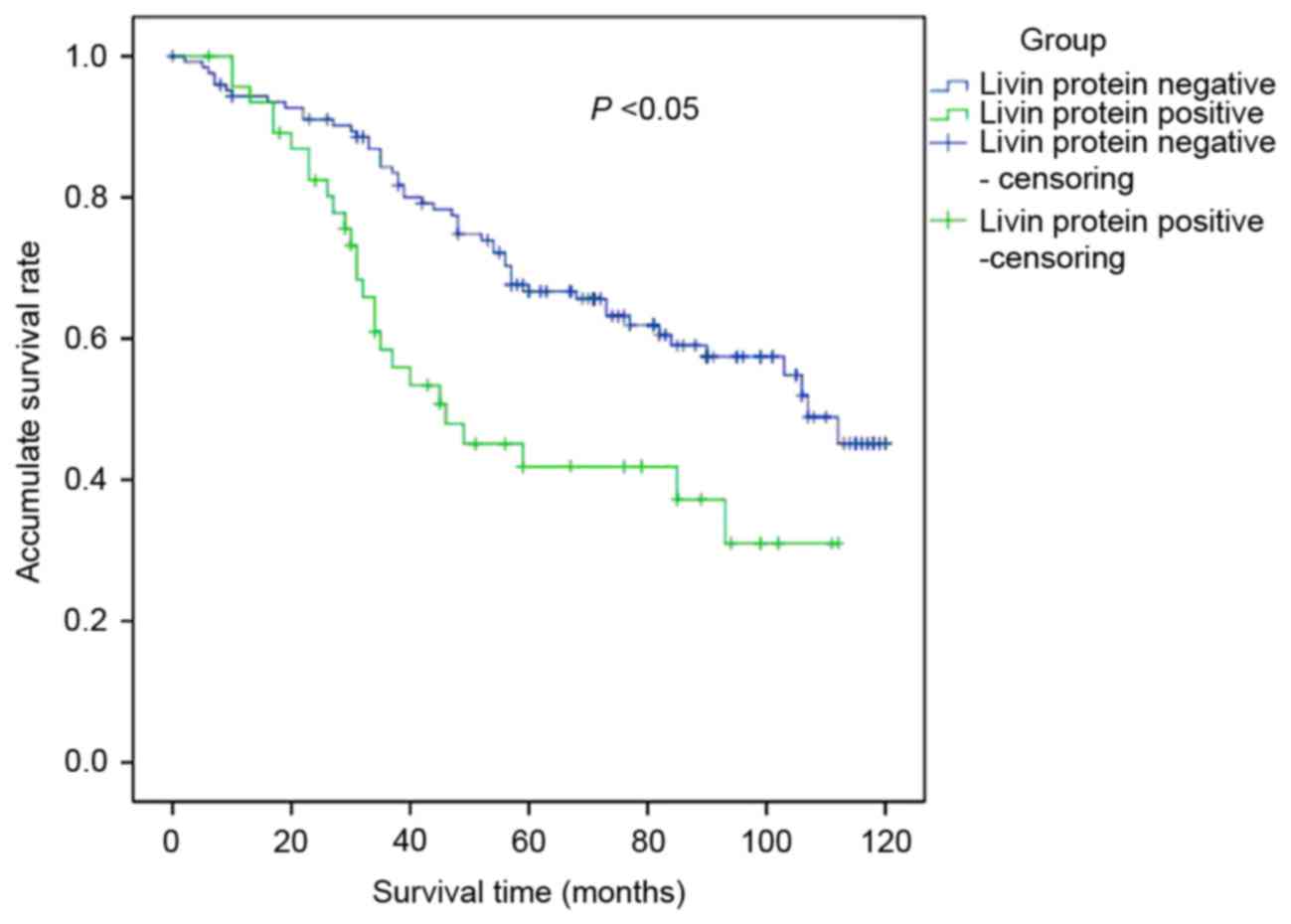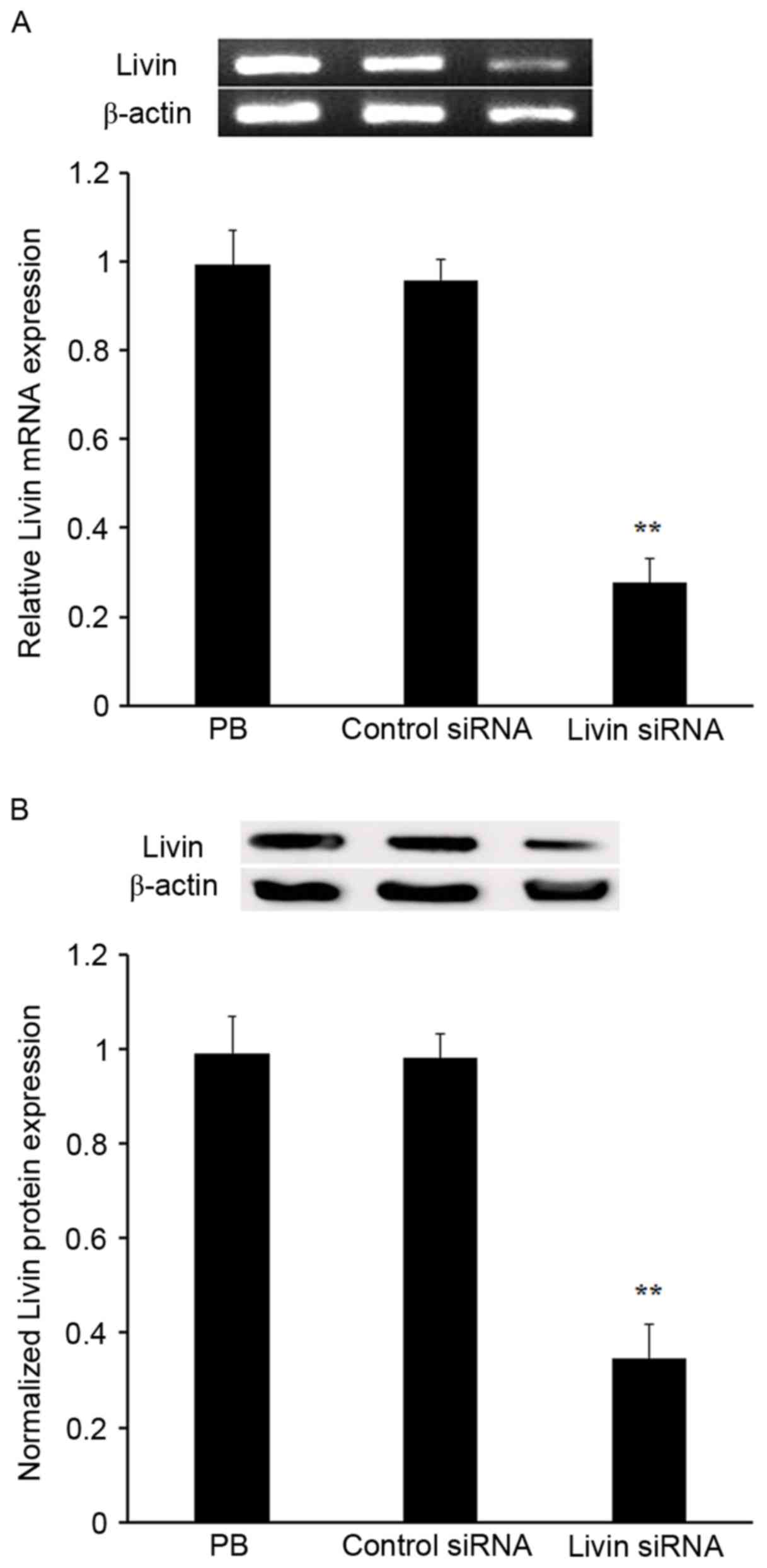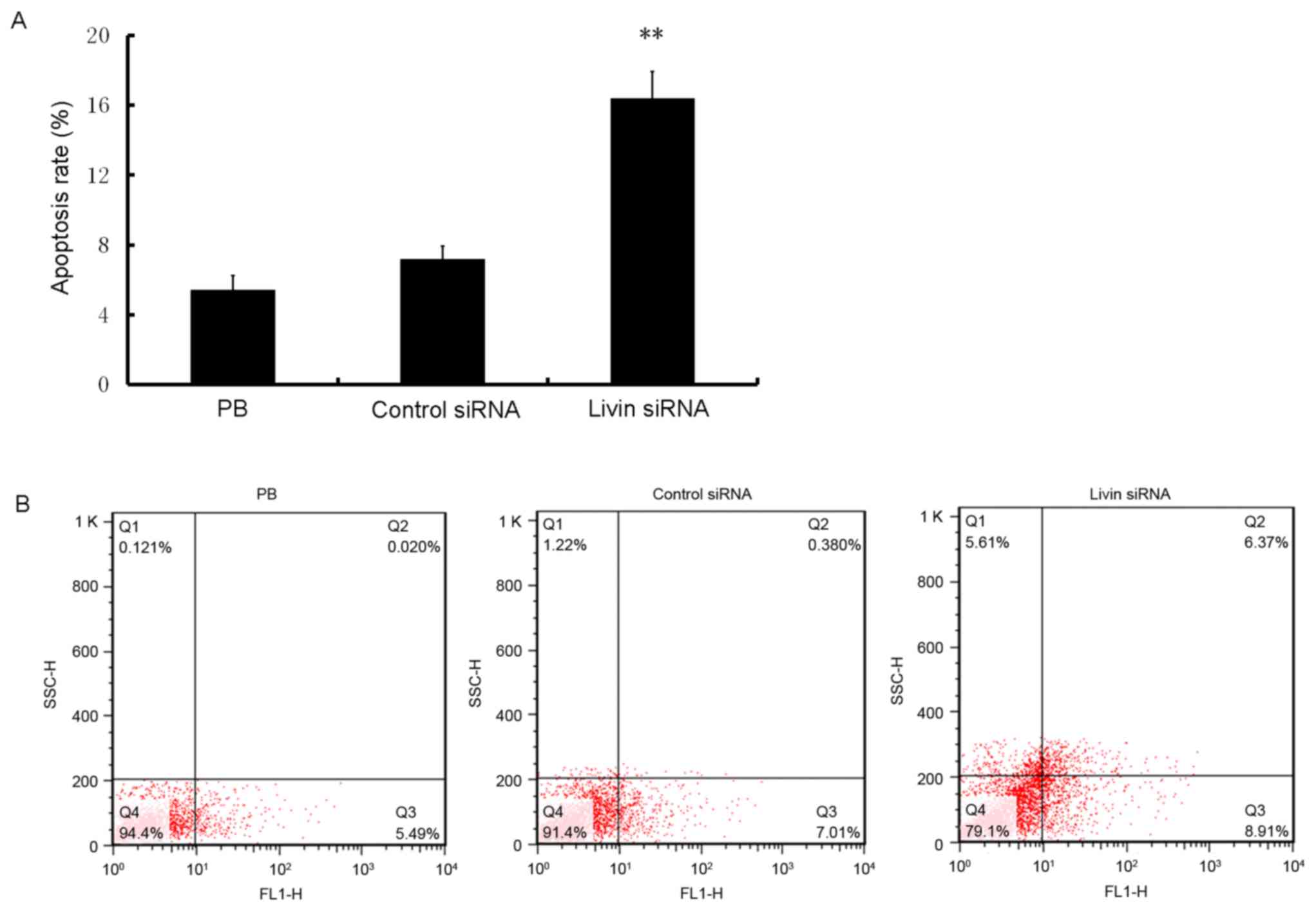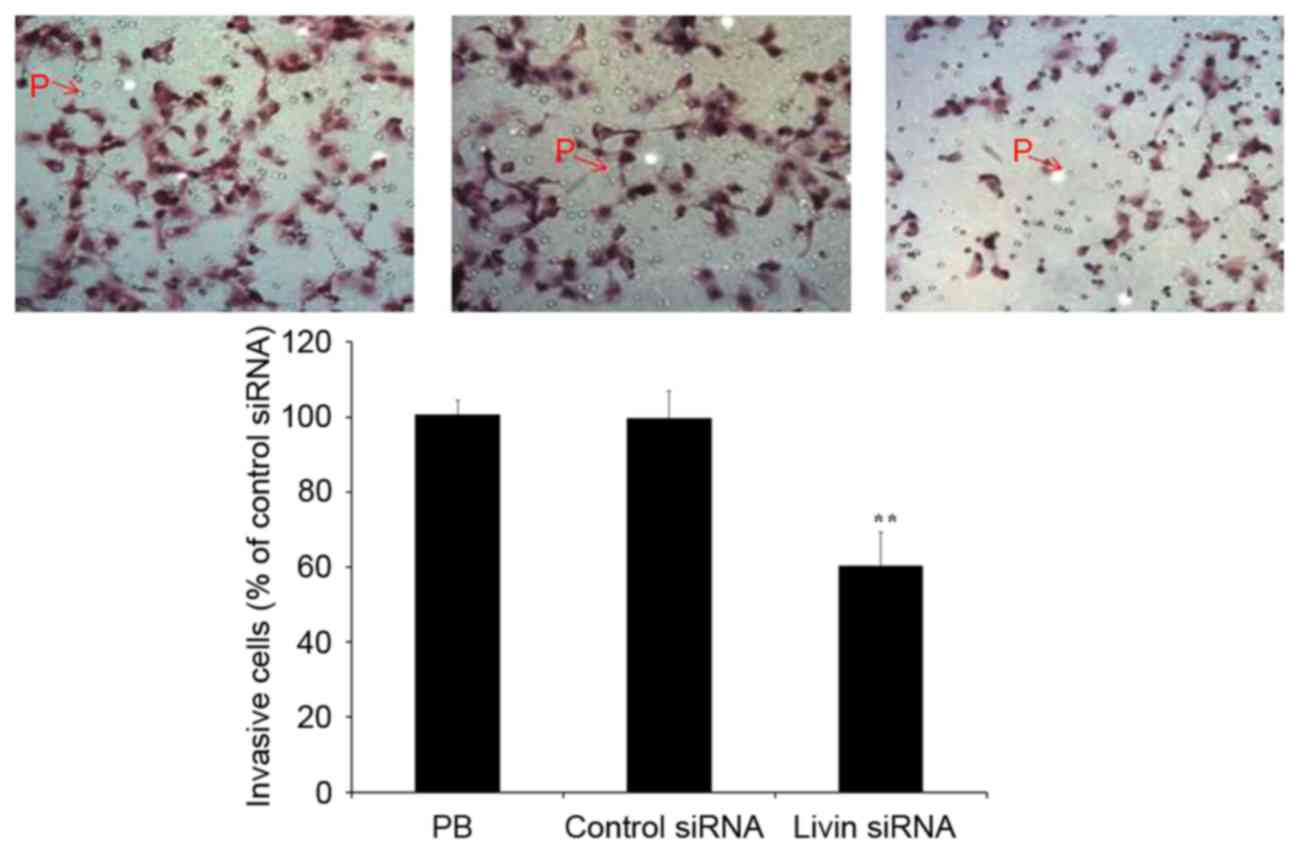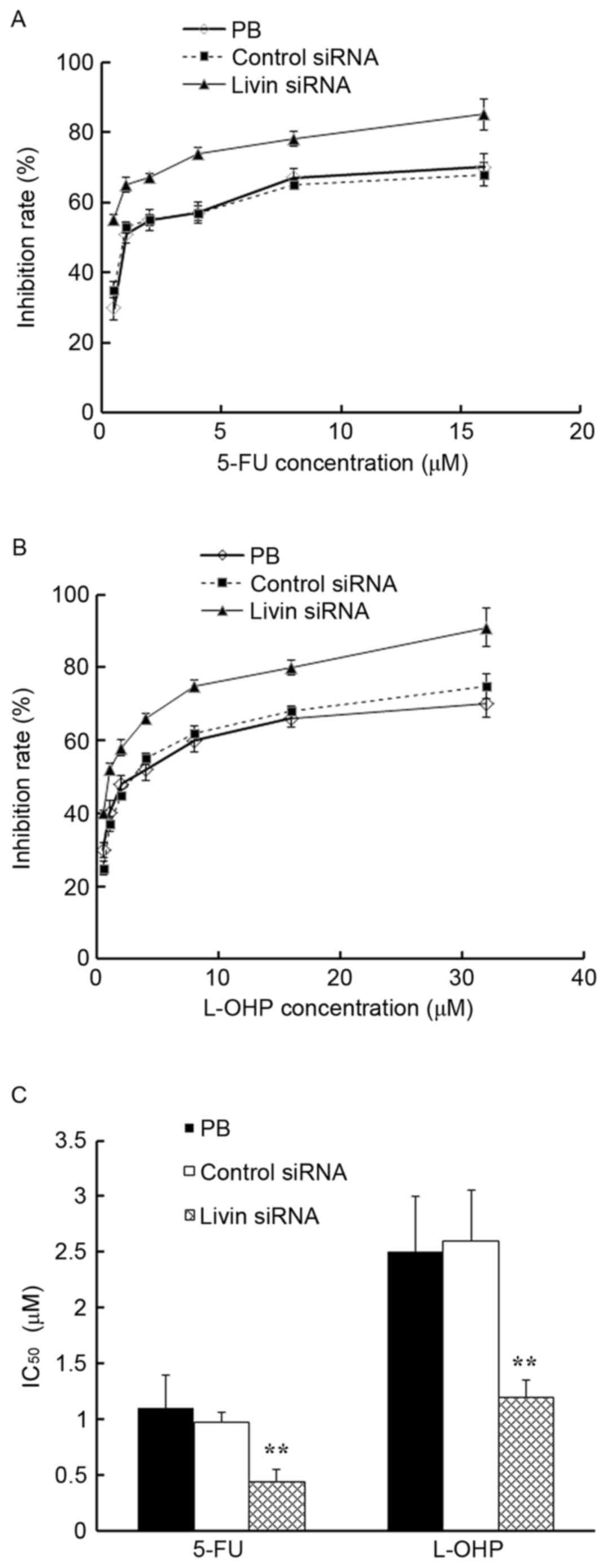|
1
|
GLOBOCAN 2012: Estimated Cancer Incidence,
Mortality and Prevalence Worldwide in 2012. IARC; Lyon: 2015,
http://globocan.iarc.fr/Default.aspxDecember
9–2015
|
|
2
|
Holmes D: A disease of growth. Nature.
521:S2–S3. 2015. View
Article : Google Scholar : PubMed/NCBI
|
|
3
|
Phipps AI, Limburg PJ, Baron JA,
Burnett-Hartman AN, Weisenberger DJ, Laird PW, Sinicrope FA, Rosty
C, Buchanan DD, Potter JD, et al: Association between molecular
subtypes of colorectal cancer and patient survival.
Gastroenterology. 148(77–87): e22015.
|
|
4
|
Breugom AJ, Swets M, Bosset JF, Collette
L, Sainato A, Cionini L, Glynne-Jones R, Counsell N, Bastiaannet E,
van den Broek CB, et al: Adjuvant chemotherapy after preoperative
(chemo) radiotherapy and surgery for patients with rectal cancer: A
systematic review and meta-analysis of individual patient data.
Lancet Oncol. 16:200–207. 2015. View Article : Google Scholar : PubMed/NCBI
|
|
5
|
Janzen DM, Tiourin E, Salehi JA, Paik DY,
Lu J, Pellegrini M and Memarzadeh S: Corrigendum: An
apoptosis-enhancing drug overcomes platinum resistance in a
tumour-initiating subpopulation of ovarian cancer. Nat Commun.
7:107032016. View Article : Google Scholar : PubMed/NCBI
|
|
6
|
Mullard A: Pioneering apoptosis-targeted
cancer drug poised for FDA approval. Nat Rev Drug Discov.
15:147–149. 2016. View Article : Google Scholar : PubMed/NCBI
|
|
7
|
Bai L and Wang S: Targeting apoptosis
pathways for new cancer therapeutics. Annu Rev Med. 65:139–155.
2014. View Article : Google Scholar : PubMed/NCBI
|
|
8
|
Fernald K and Kurokawa M: Evading
apoptosis in cancer. Trends Cell Biol. 23:620–633. 2013. View Article : Google Scholar : PubMed/NCBI
|
|
9
|
Gyrd-Hansen M and Meier P: IAPs: From
caspase inhibitors to modulators of NF-kappaB, inflammation and
cancer. Nat Rev Cancer. 10:561–574. 2010. View Article : Google Scholar : PubMed/NCBI
|
|
10
|
Wang S, Bai L, Lu J, Liu L, Yang CY and
Sun H: Targeting inhibitors of apoptosis proteins (IAPs) for new
breast cancer therapeutics. J Mammary Gland Biol Neoplasia.
17:217–228. 2012. View Article : Google Scholar : PubMed/NCBI
|
|
11
|
Nachmias B, Ashhab Y and Ben-Yehuda D: The
inhibitor of apoptosis protein family (IAPs): An emerging
therapeutic target in cancer. Semin Cancer Biol. 14:231–243. 2004.
View Article : Google Scholar : PubMed/NCBI
|
|
12
|
Chung CY, Park YL, Kim N, Park HC, Park
HB, Myung DS, Kim JS, Cho SB, Lee WS and Joo YE: Expression and
prognostic significance of Livin in gastric cancer. Oncol Rep.
30:2520–2528. 2013. View Article : Google Scholar : PubMed/NCBI
|
|
13
|
Ibrahim L, Aladle D, Mansour A, Hammad A,
Al Wakeel AA and Abd El-Hameed SA: Expression and prognostic
significance of livin/BIRC7 in childhood acute lymphoblastic
leukemia. Med Oncol. 31:9412014. View Article : Google Scholar : PubMed/NCBI
|
|
14
|
Li F, Yin X, Luo X, Li HY, Su X, Wang XY,
Chen L, Zheng K and Ren GS: Livin promotes progression of breast
cancer through induction of epithelial-mesenchymal transition and
activation of AKT signaling. Cell Signal. 25:1413–1422. 2013.
View Article : Google Scholar : PubMed/NCBI
|
|
15
|
Lin X, Li HR, Lin XF, Yu ME, Tu XW, Hua
ZD, Lin M, Xu NL, Han LL and Chen YS: Silencing of Livin inhibits
tumorigenesis and metastasis via VEGF and MMPs pathway in lung
cancer. Int J Oncol. 47:657–667. 2015.PubMed/NCBI
|
|
16
|
Xi RC, Sheng YR, Chen WH, Sheng L, Gang
JJ, Tong Z, Shan Z, Ying GH and Dong LC: Expression of survivin and
livin predicts early recurrence in non-muscle invasive bladder
cancer. J Surg Oncol. 107:550–554. 2013. View Article : Google Scholar : PubMed/NCBI
|
|
17
|
Myung DS, Park YL, Chung CY, Park HC, Kim
JS, Cho SB, Lee WS, Lee KH, Lee JH and Joo YE: Expression of Livin
in colorectal cancer and its relationship to tumor cell behavior
and prognosis. PLoS One. 8:e732622013. View Article : Google Scholar : PubMed/NCBI
|
|
18
|
Xi RC, Biao WS and Gang ZZ: Significant
elevation of survivin and livin expression in human colorectal
cancer: Inverse correlation between expression and overall
survival. Onkologie. 34:428–432. 2011. View Article : Google Scholar : PubMed/NCBI
|
|
19
|
Associatioon TCoCCoCa-c: Guidelines for
surgery of mid and distal rectal cancer. Chin J Gastrointest Surg.
10:1–7. 2007.
|
|
20
|
Bosman FT, Carneiro F, Hruban RH and
Theise ND: WHO Classification of Tumours of the Digestive System.
Fourth Edition. IARC Press; Lyon: 2010
|
|
21
|
International Union against Cancer: TNM
classification of malignant tumours. Sobin LH, Gospodarowicz MK and
Wittekind C: Wiley-Blackwell; Chichester, West Sussex, UK; Hoboken,
NJ, USA: 2010
|
|
22
|
Yuan B, Ran B, Wang S, Liu Z, Zheng Z and
Chen H: siRNA directed against Livin inhibits tumor growth and
induces apoptosis in human glioma cells. J Neurooncol. 107:81–87.
2012. View Article : Google Scholar : PubMed/NCBI
|
|
23
|
Schmittgen TD and Livak KJ: Analyzing
real-time PCR data by the comparative C(T) method. Nat Protoc.
3:1101–1108. 2008. View Article : Google Scholar : PubMed/NCBI
|
|
24
|
Stewart CJ, Hillery S, Platell C and Puppa
G: Assessment of serosal invasion and criteria for the
classification of pathological (p) T4 staging in colorectal
carcinoma: Confusions, controversies and criticisms. Cancers
(Basel). 3:164–181. 2011. View Article : Google Scholar : PubMed/NCBI
|
|
25
|
Wang H, Wei XZ, Fu CG, Zhao RH and Cao FA:
Patterns of lymph node metastasis are different in colon and rectal
carcinomas. World J Gastroenterol. 16:5375–5379. 2010. View Article : Google Scholar : PubMed/NCBI
|
|
26
|
Saito N, Koda K, Takiguchi N, Oda K, Ono
M, Sugito M, Kawashima K and Ito M: Curative surgery for local
pelvic recurrence of rectal cancer. Dig Surg. 20:192–199;
discussion 200. 2003. View Article : Google Scholar : PubMed/NCBI
|
|
27
|
Hellinger MD and Santiago CA: Reoperation
for recurrent colorectal cancer. Clin Colon Rectal Surg.
19:228–236. 2006. View Article : Google Scholar : PubMed/NCBI
|
|
28
|
Pereira P, Ghouti L and Blanche J:
Surgical treatment of extraluminal pelvic recurrence from rectal
cancer: Oncological management and resection techniques. J Visc
Surg. 150:97–107. 2013. View Article : Google Scholar : PubMed/NCBI
|
|
29
|
Byun DS, Cho K, Ryu BK, Lee MG, Kang MJ,
Kim HR and Chi SG: Hypermethylation of XIAP-associated factor 1, a
putative tumor suppressor gene from the 17p13.2 locus, in human
gastric adenocarcinomas. Cancer Res. 63:7068–7075. 2003.PubMed/NCBI
|
|
30
|
Cao J, Chen XP, Li WL, Xia J, Du H, Tang
WB, Wang H, Chen XW, Xiao HQ and Li YY: Decreased fragile histidine
triad expression in colorectal cancer and its association with
apoptosis inhibition. World J Gastroenterol. 13:1018–1026. 2007.
View Article : Google Scholar : PubMed/NCBI
|
|
31
|
Mesri M, Wall NR, Li J, Kim RW and Altieri
DC: Cancer gene therapy using a survivin mutant adenovirus. J Clin
Invest. 108:981–990. 2001. View Article : Google Scholar : PubMed/NCBI
|
|
32
|
Kanemitsu Y, Kato T, Hirai T, Yasui K,
Morimoto T, Shimizu Y, Kodera Y and Yamamura Y: Survival after
curative resection for mucinous adenocarcinoma of the colorectum.
Dis Colon Rectum. 46:160–167. 2003. View Article : Google Scholar : PubMed/NCBI
|
|
33
|
Sternberg A, Sibirsky O, Cohen D,
Blumenson LE and Petrelli NJ: Validation of a new classification
system for curatively resected colorectal adenocarcinoma. Cancer.
86:782–792. 1999. View Article : Google Scholar : PubMed/NCBI
|
|
34
|
Tsai HL, Lu CY, Hsieh JS, Wu DC, Jan CM,
Chai CY, Chu KS, Chan HM and Wang JY: The prognostic significance
of total lymph node harvest in patients with T2-4N0M0 colorectal
cancer. J Gastrointest Surg. 11:660–665. 2007. View Article : Google Scholar : PubMed/NCBI
|
|
35
|
Holm T, Ljung A, Haggmark T, Jurell G and
Lagergren J: Extended abdominoperineal resection with gluteus
maximus flap reconstruction of the pelvic floor for rectal cancer.
Br J Surg. 94:232–238. 2007. View
Article : Google Scholar : PubMed/NCBI
|
|
36
|
Cunningham D, Atkin W, Lenz HJ, Lynch HT,
Minsky B, Nordlinger B and Starling N: Colorectal cancer. Lancet.
375:1030–1047. 2010. View Article : Google Scholar : PubMed/NCBI
|



